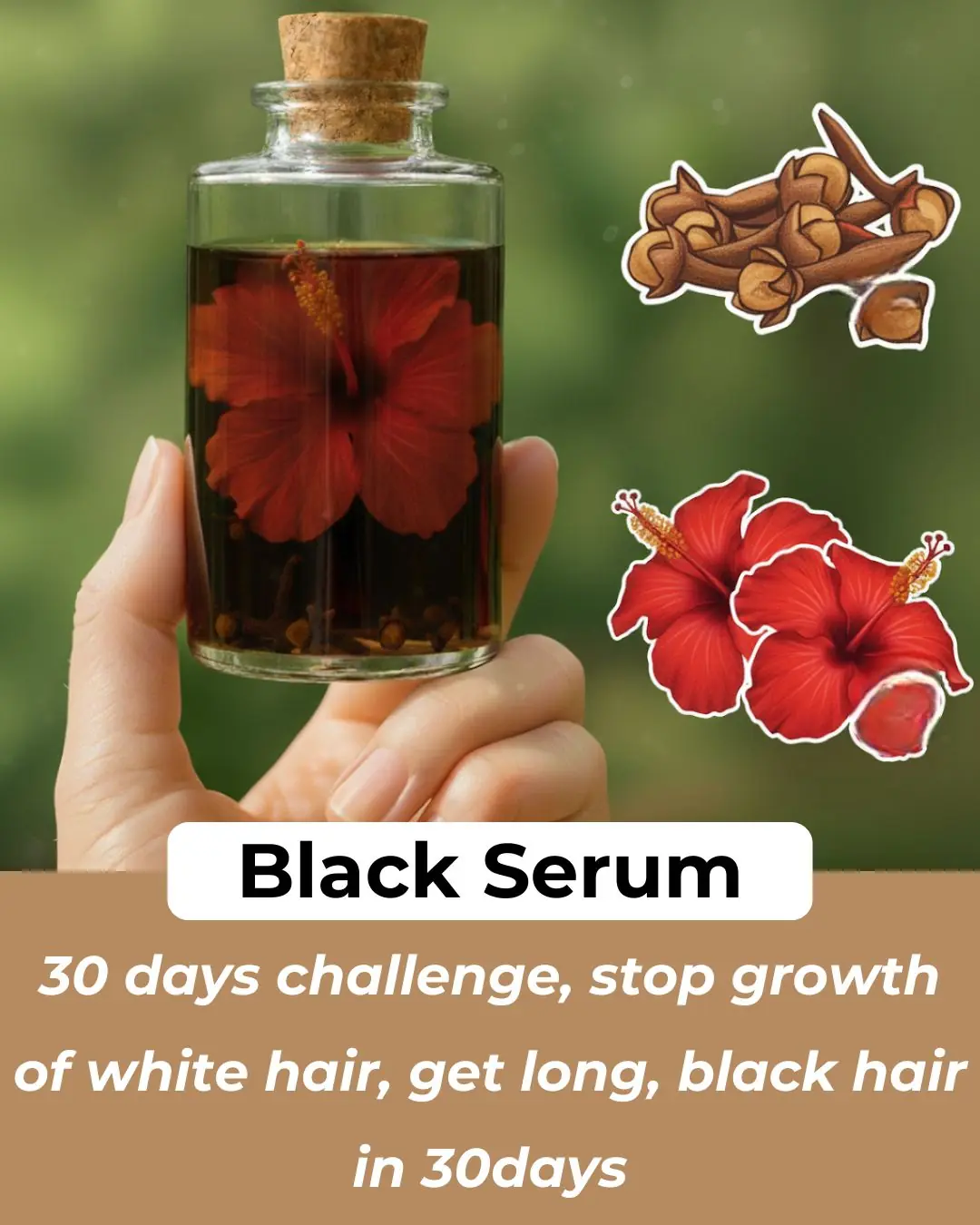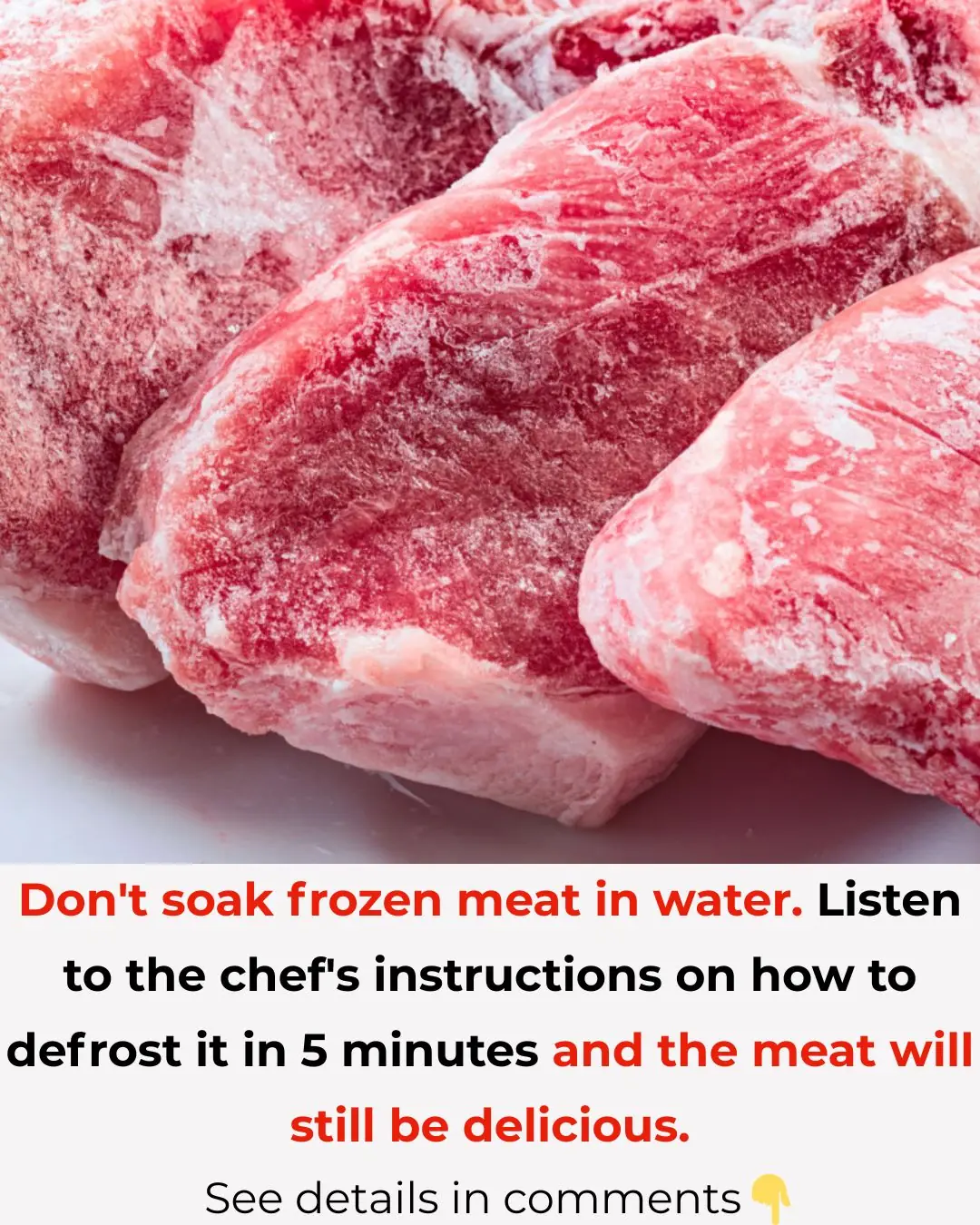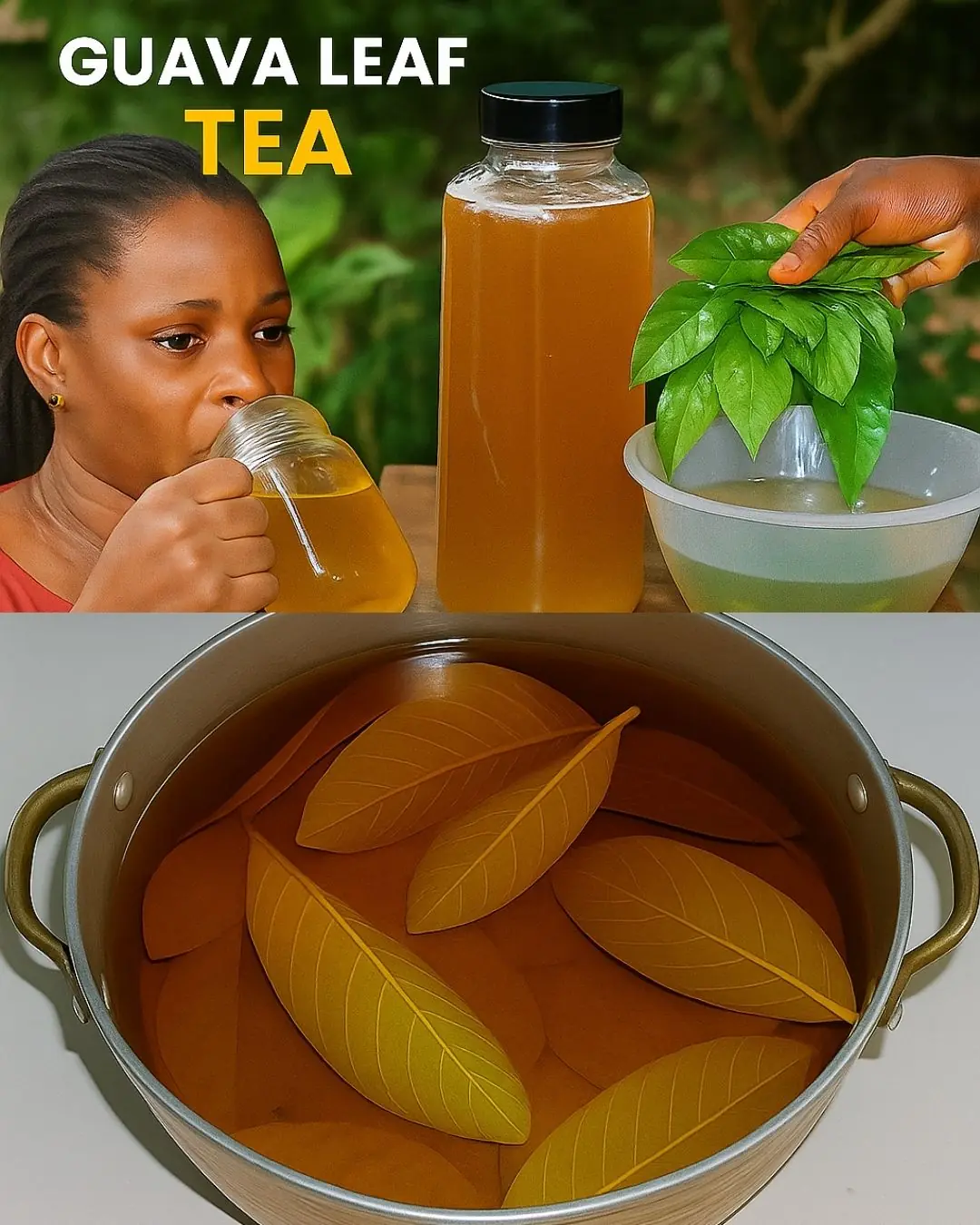
The Spiritual Meaning of Black Butterflies Entering Your Home Revealed
Black butterflies carry meanings that are as complex as they are beautiful.
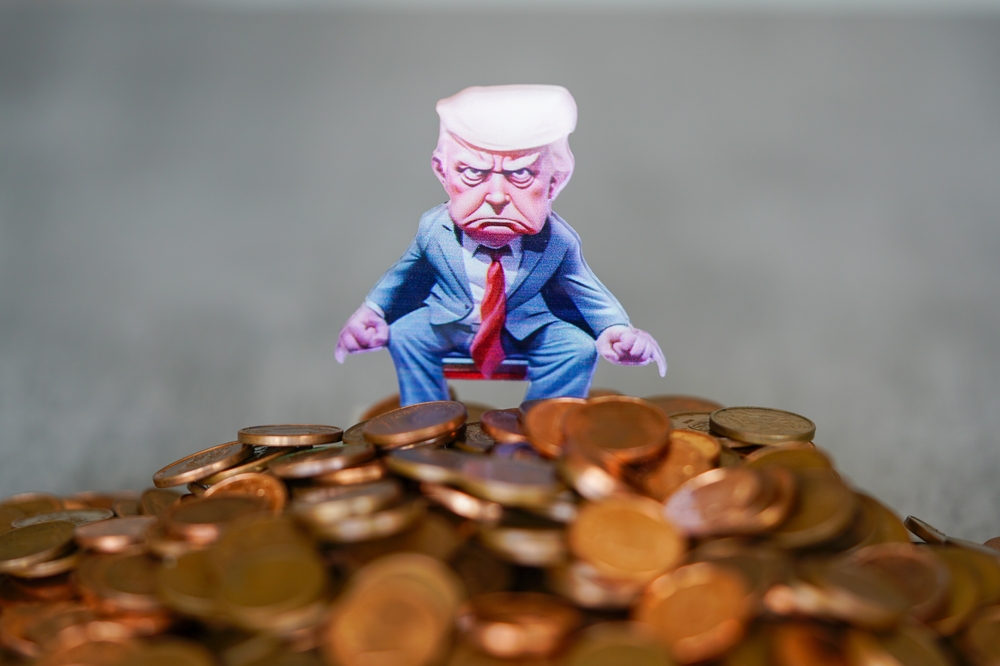
When Donald Trump entered his second term as president, few could have anticipated the financial transformation that would follow. Just a year earlier, his business empire looked increasingly fragile—strained by mounting legal judgments, shrinking liquidity, and a declining commercial real estate market that threatened his once-formidable portfolio. The $454 million fraud ruling in New York cast a particularly long shadow, raising doubts about whether the man who once defined himself through skyscrapers, casinos, and gold-plated branding could preserve his fortune.
Yet, in a stunning reversal, Trump not only safeguarded his wealth but multiplied it. Within twelve months, his net worth more than doubled—from $2.3 billion to $5.1 billion. Remarkably, this resurgence did not stem from traditional real estate development or business expansion. Instead, it emerged from a mixture of strategic legal maneuvers, investor enthusiasm, unconventional revenue streams, and bold experimentation in emerging markets. From the courtroom to Wall Street, and even into the volatile arena of cryptocurrency, Trump demonstrated once again that his greatest asset may not be real estate but his uncanny ability to convert attention—whether admiration or outrage—into financial capital.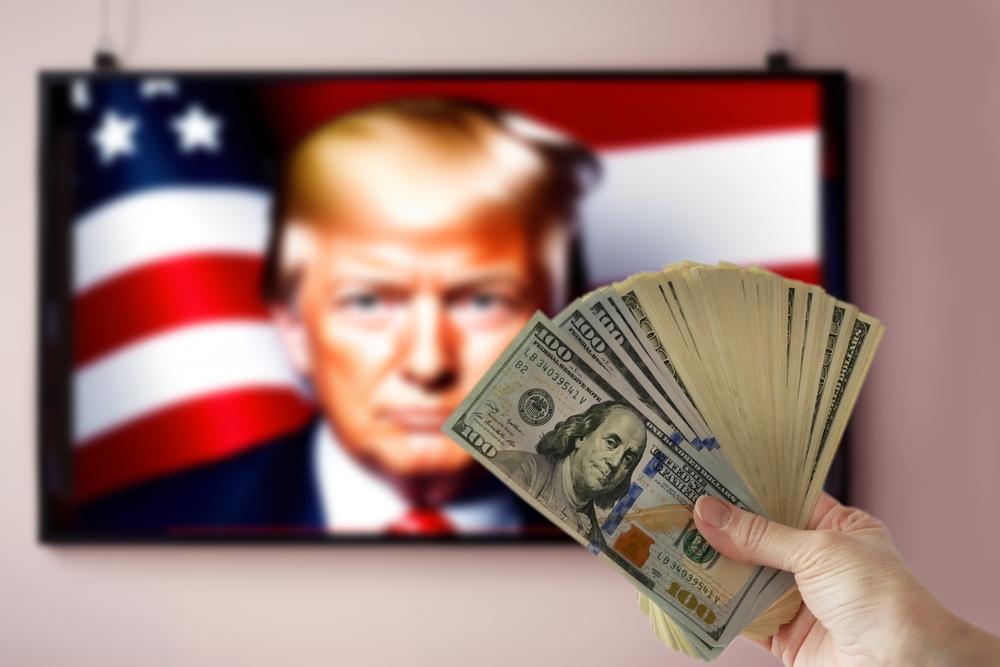
At the start of his second term, Trump’s financial footing looked precarious. The $454 million New York fraud judgment dwarfed his available liquid assets, estimated at just $413 million. Analysts speculated that New York’s Attorney General might move to seize flagship properties such as 40 Wall Street, a scenario that would have been both financially devastating and symbolically humiliating.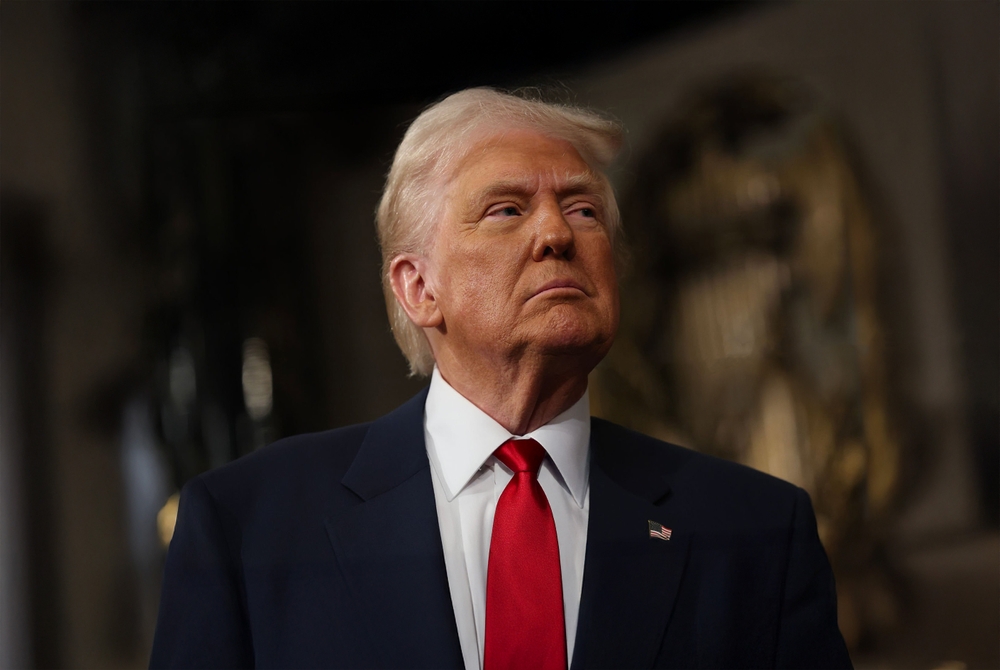
But Trump’s legal team pulled off a crucial victory. By persuading the appeals court to reduce the bond requirement from $454 million to $175 million, they bought him invaluable time. This maneuver prevented a fire sale of assets at a time when the commercial real estate market was already depressed. More importantly, it allowed Trump to hold onto his most iconic properties while seeking out alternative sources of cash flow.
For Trump, this was not just a legal win—it was a demonstration of how he has long blurred the boundaries between law, politics, and business strategy. By treating court battles as opportunities for delay and leverage, he transformed what could have been a crippling judgment into a breathing space that enabled his next moves. Without that reprieve, his resurgence would likely have been impossible.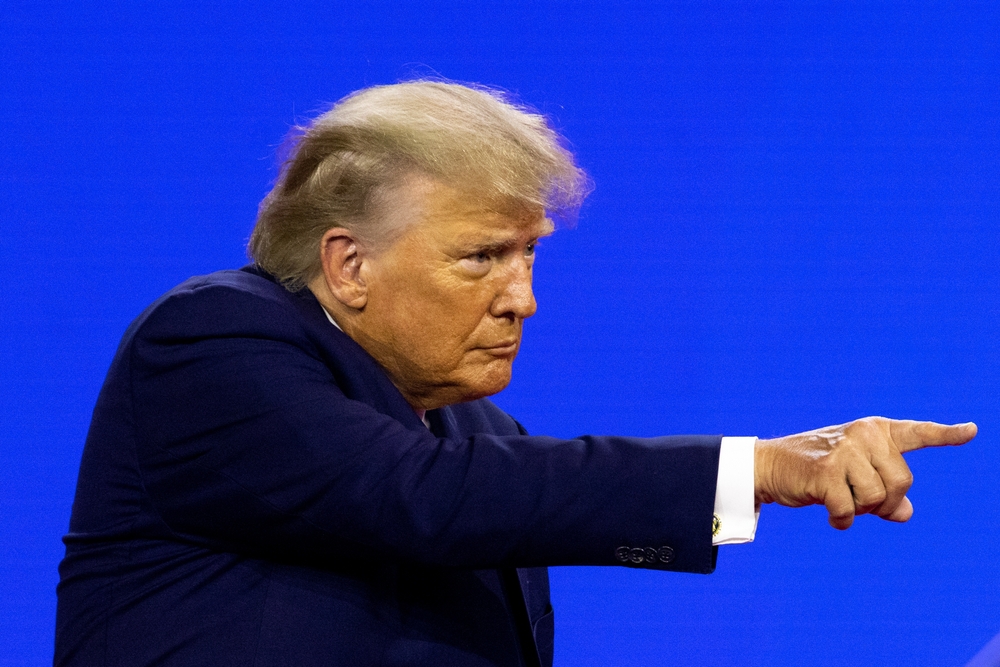
With his legal crisis temporarily managed, Trump shifted attention to Wall Street. His Trump Media & Technology Group, the parent company of Truth Social, became an unlikely financial juggernaut. Despite modest revenues and persistent operating losses, the company’s stock skyrocketed after its debut, buoyed by retail investors more interested in aligning with Trump’s identity than in scrutinizing balance sheets.
At its peak, Trump’s stake in the company was valued at $2.6 billion—a staggering paper fortune for a social media platform with relatively limited reach. Market analysts described the phenomenon as “irrational exuberance,” yet it underscored a simple truth: Trump’s name remains one of the most powerful catalysts in American finance. Investors weren’t just buying into a platform; they were buying into a political and cultural movement.
Although the stock has since fallen more than 70% from its highs, it continues to represent a major component of Trump’s wealth. More importantly, it reinforced the lesson that in today’s marketplace, narrative and loyalty can be as valuable as traditional fundamentals.
While Truth Social reshaped Trump’s paper wealth, he also sought ways to generate immediate liquidity. His merchandising efforts—ranging from branded sneakers and guitars to collectible Bibles—may have seemed unconventional for a former president, but they capitalized on his unique relationship with his supporters. For many buyers, these items were not just products but symbols of loyalty and identity. Individually modest, these ventures collectively provided steady streams of cash at a moment when liquidity was critical.
The bigger breakthrough, however, came through cryptocurrency. Trump launched World Liberty Financial, initially dismissed as a fringe project, but which gained traction after his reelection. With investments from notable figures in the crypto world, the venture reportedly generated nearly $390 million, leaving Trump with about $245 million after taxes.
Building on that momentum, he unveiled the $TRUMP token just before his inauguration. Unlike most digital tokens that promise utility, this one was unabashedly speculative—its value tied almost entirely to Trump’s brand. Trading activity exploded, generating hundreds of millions in fees and assets, with Trump’s personal take estimated at more than $110 million after tax.
By the end of the year, analysts estimate Trump’s crypto ventures had left him with nearly $800 million in liquid assets. For a man who began the year facing a cash crunch and looming asset seizures, the transformation was extraordinary.
Trump’s resurgence illustrates both his resilience and the volatility of his wealth. On one hand, he successfully pivoted from financial peril to abundance, proving his ability to thrive in unconventional markets. On the other hand, much of his newfound fortune rests on speculative assets—crypto tokens and social media stock—that could lose value as quickly as they gained it.
Meanwhile, the structural weaknesses of commercial real estate persist, and the fraud judgment itself still hangs over him, accumulating interest. The broader risk is that his most recent gains may prove more temporary than his real estate holdings of decades past.
Still, the rebound is remarkable. Trump’s ability to monetize political loyalty, to turn merchandise into cultural tokens, and to ride waves of speculative investing speaks to a broader truth about modern American capitalism: financial success is no longer only about assets and earnings, but about brand, identity, and attention.
Ultimately, Trump’s second-term wealth story is less about any single company or investment and more about the adaptability of a man who has spent decades reinventing himself. What began as a period of legal peril and financial vulnerability ended with one of the most dramatic rebounds in recent business history.
Whether this newfound fortune proves durable or ephemeral, it highlights a theme that has defined Trump’s career: the art of turning adversity into opportunity. His trajectory serves as both a cautionary tale about speculative markets and a case study in how politics, branding, and finance increasingly overlap in the 21st century.

Black butterflies carry meanings that are as complex as they are beautiful.

You don’t need fancy, high-priced cleaners to enjoy spotless, long-lasting results.






The gaps and inward-swinging doors are designed for practicality, serving purposes like enhancing safety and improving efficiency, rather than being the result of poor design.

Emma Martina Luigia Morano, the world’s oldest woman at the time of her passing, credited her extraordinary 117 years of life to a mix of genetics, resilience, and one very peculiar daily diet. Her remarkable story spans two World Wars, personal tragedy
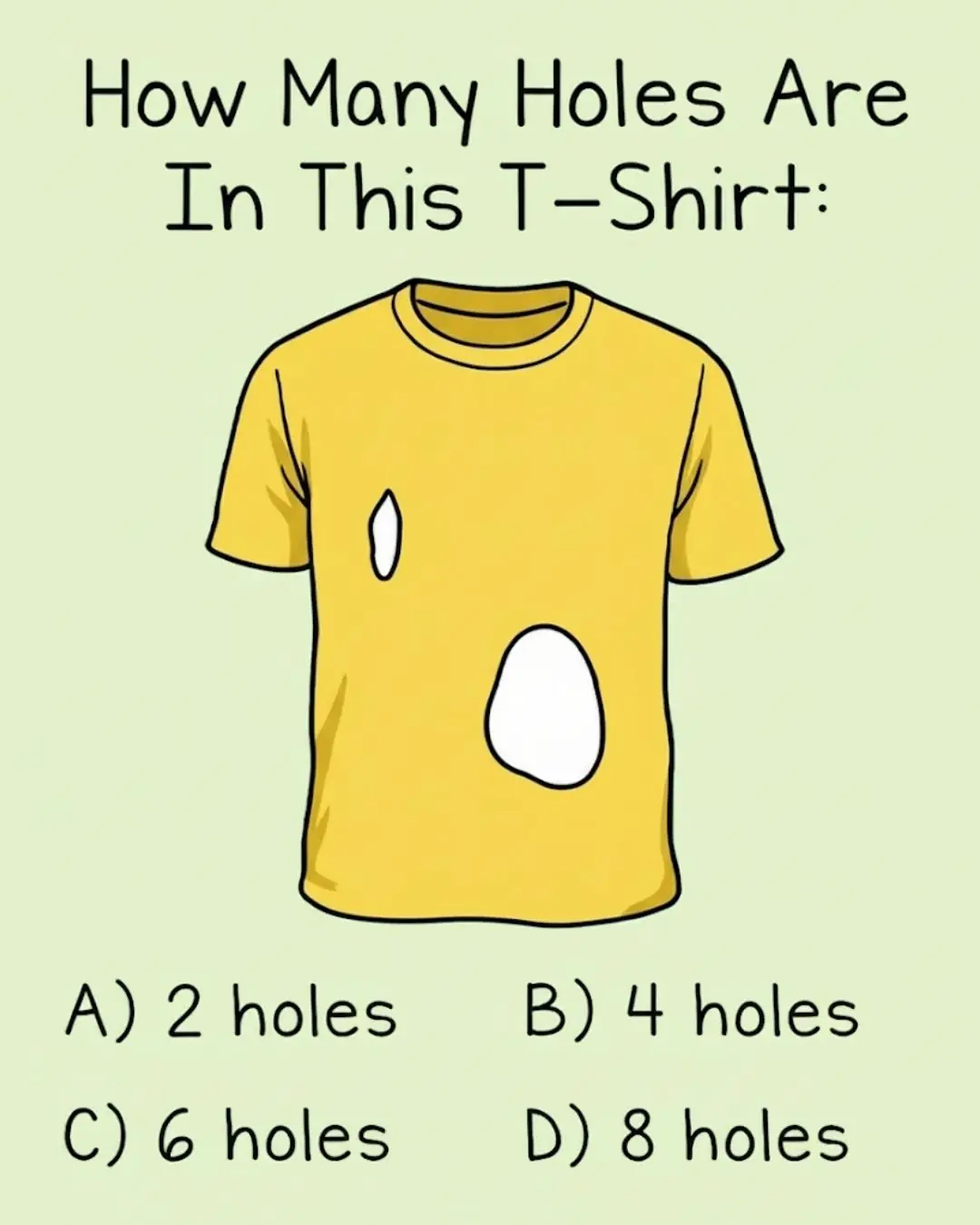





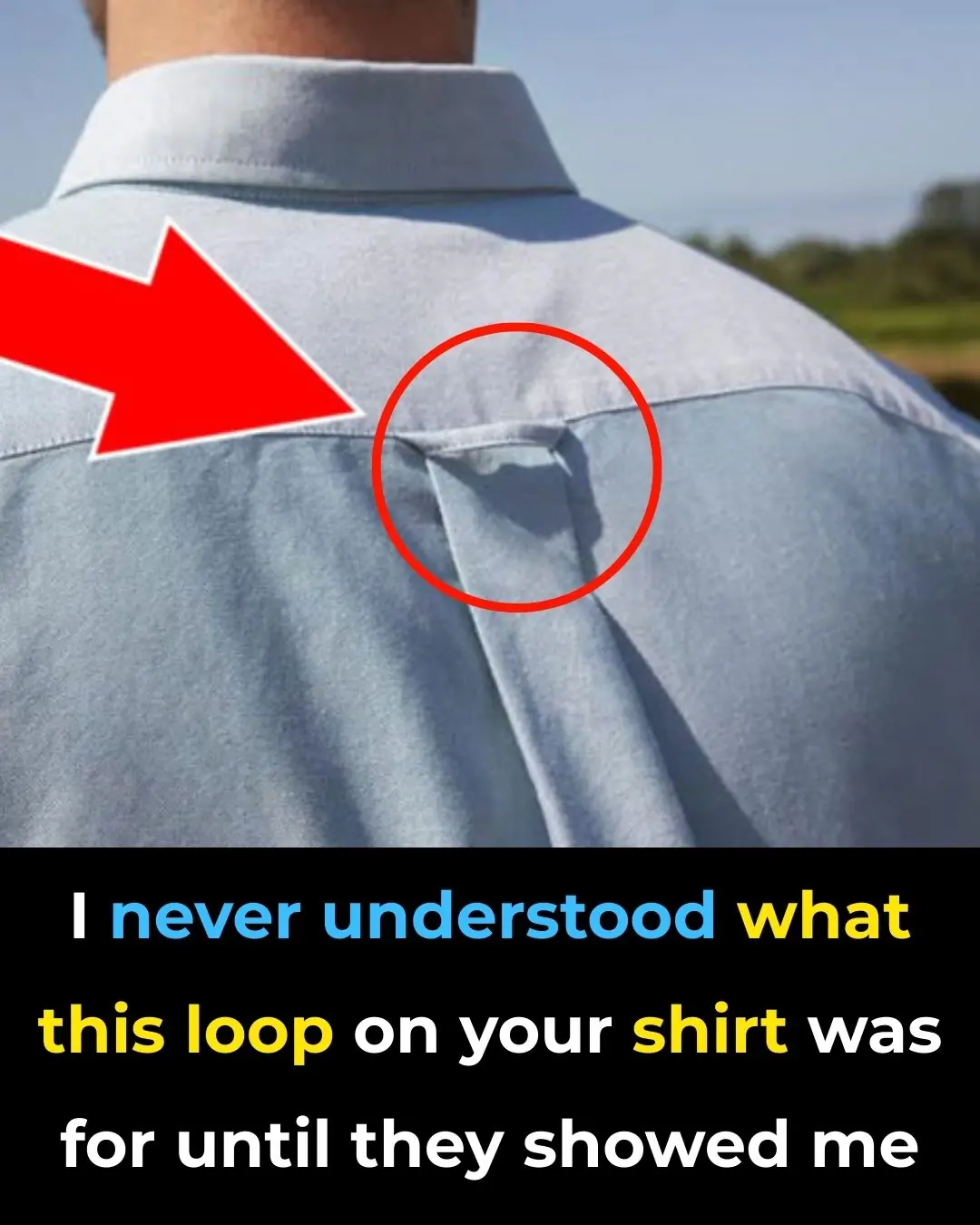

For over a decade, a young man in China lived with his body bent nearly in half, trapped in a painful “Z-shaped” posture that made everyday life a struggle. Now, after years of suffering and a series of groundbreaking surgeries, he has finally stood u

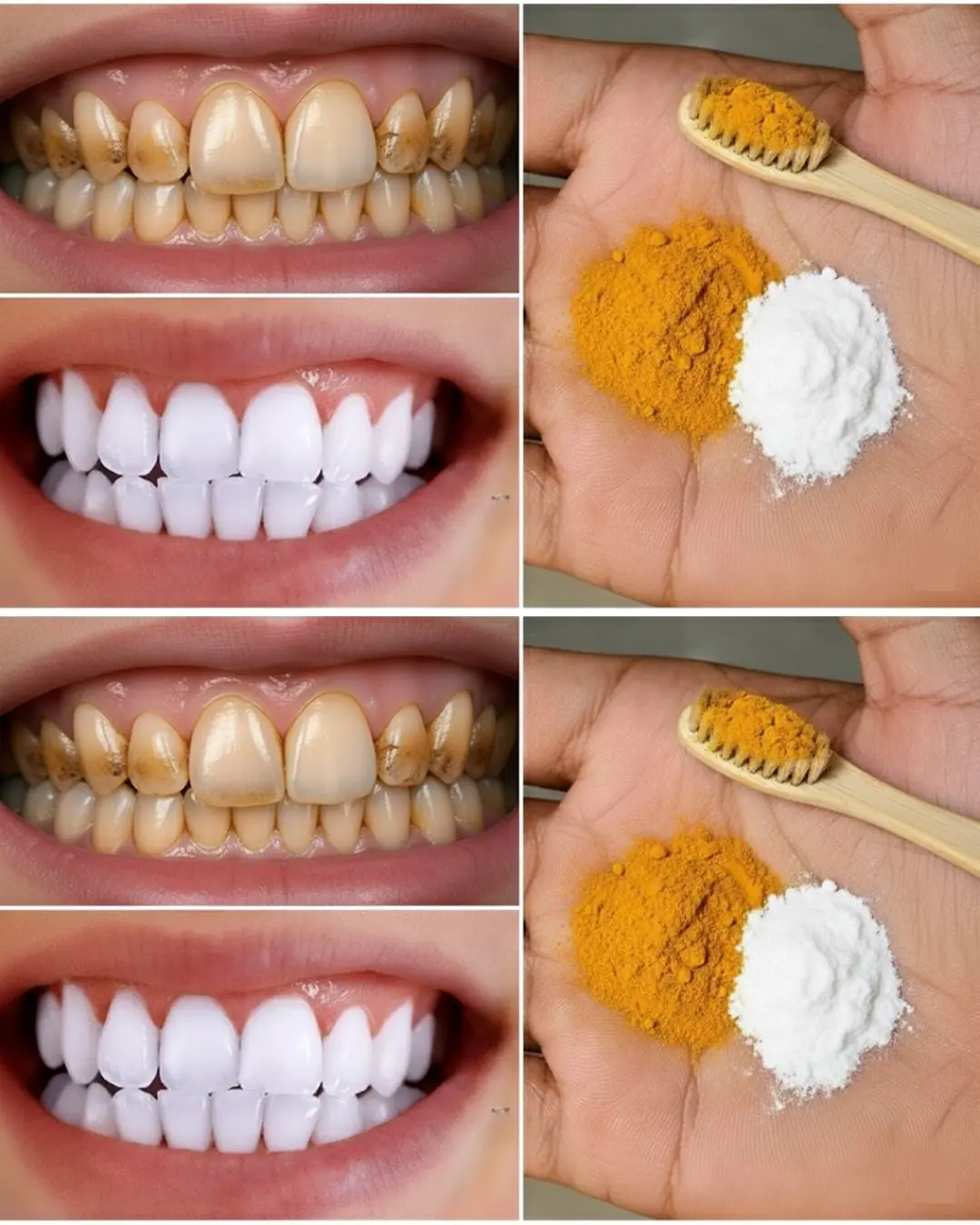
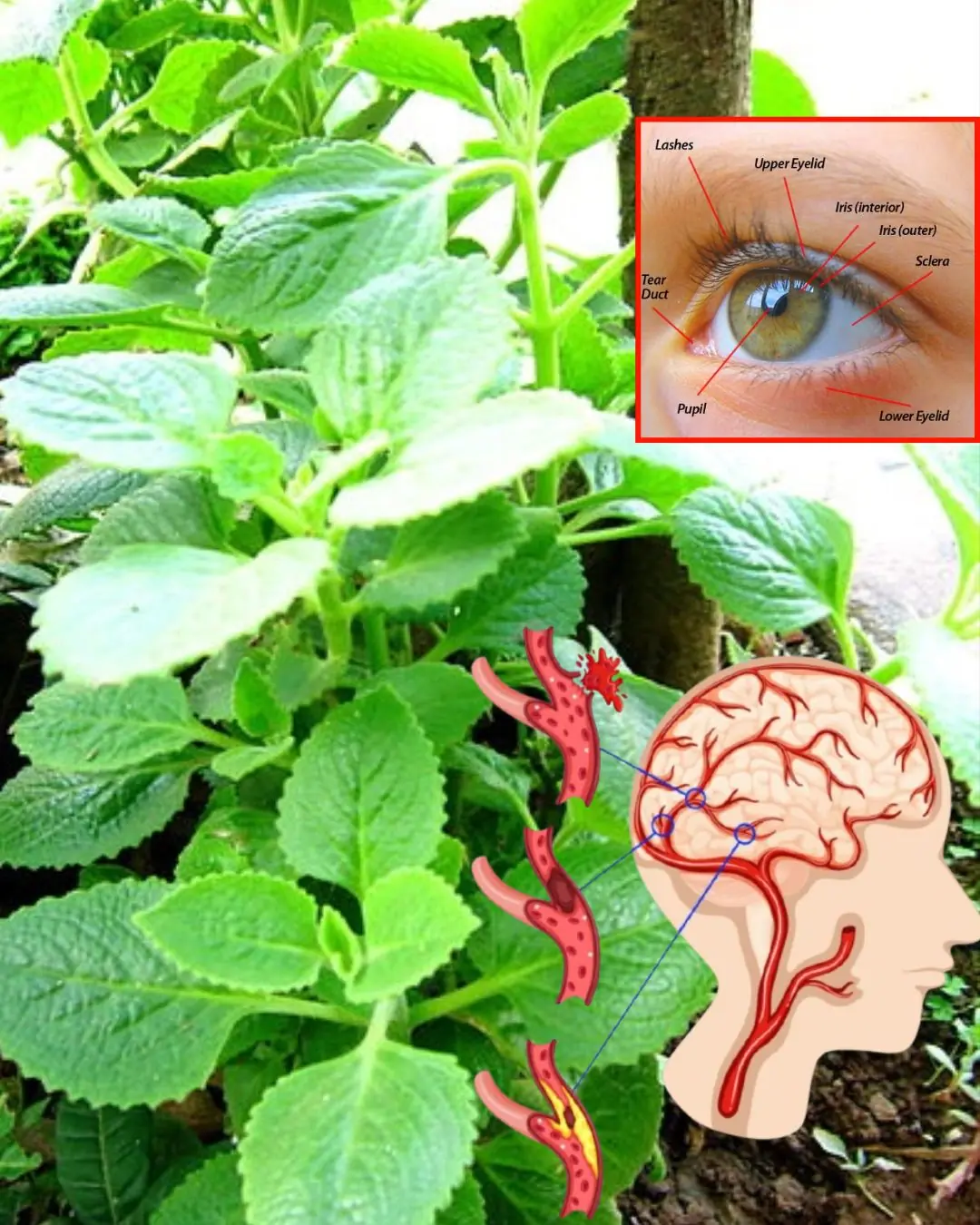

Black butterflies carry meanings that are as complex as they are beautiful.

You don’t need fancy, high-priced cleaners to enjoy spotless, long-lasting results.

That tiny hole in a safety pin is more than just decoration—it’s a brilliant example of how even the simplest tools can hold hidden design secrets. W

This natural elixir is packed with antioxidants, anti-inflammatory compounds, and essential vitamins that work together to promote healthy, glowing skin.

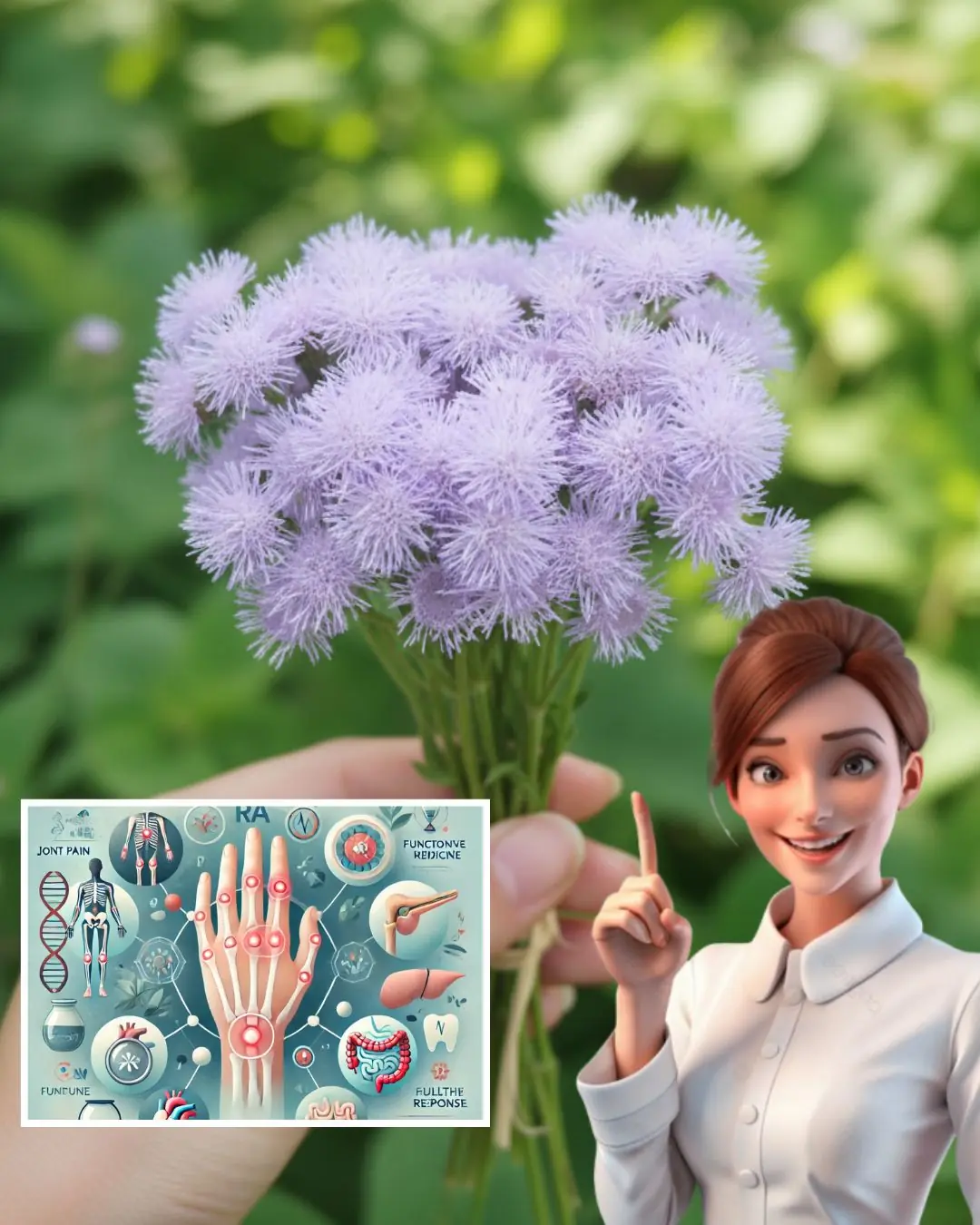

By using natural ingredients like rice, honey, coconut oil, and aloe vera, you can create effective anti-aging creams that nourish, hydrate, and rejuvenate your skin.
